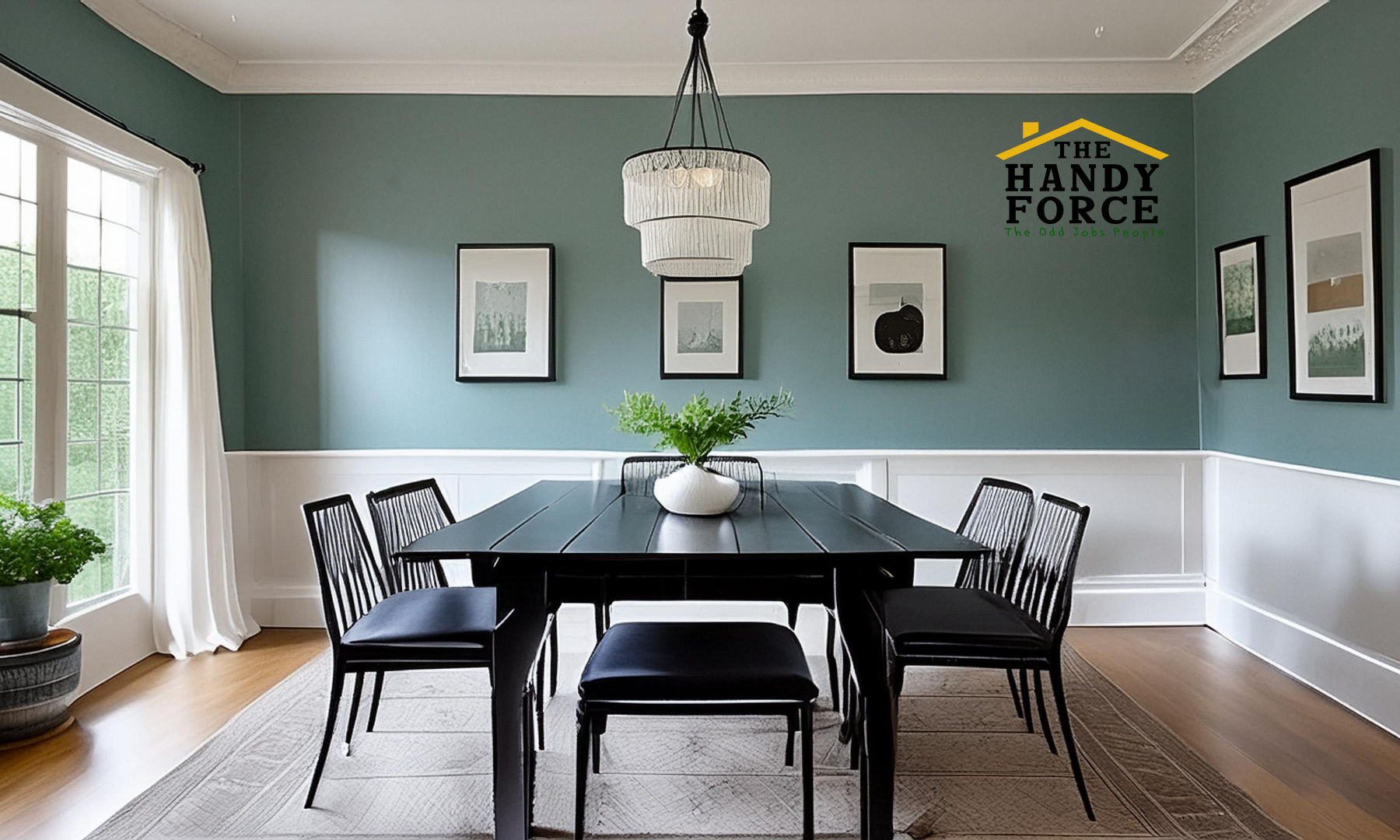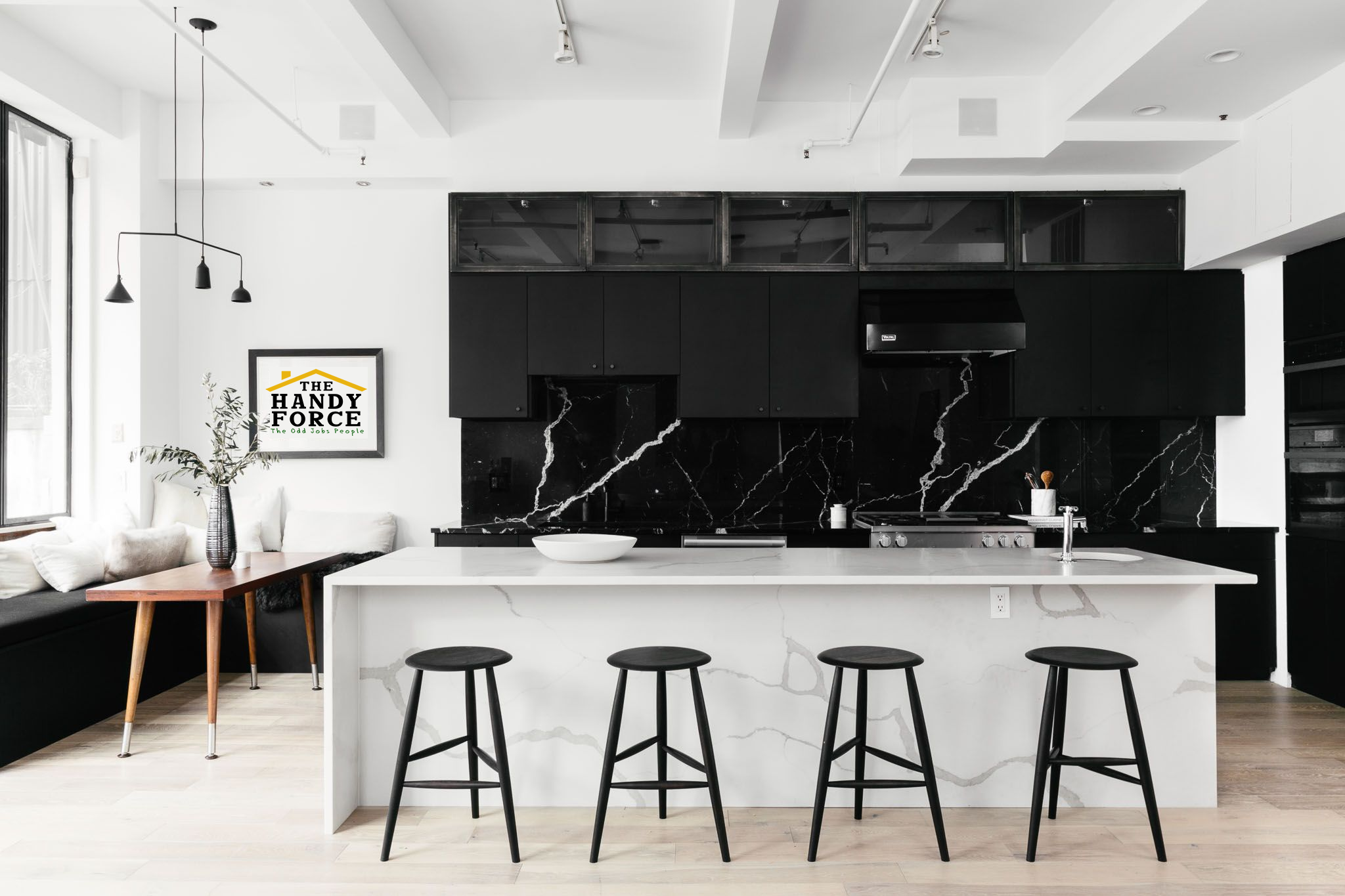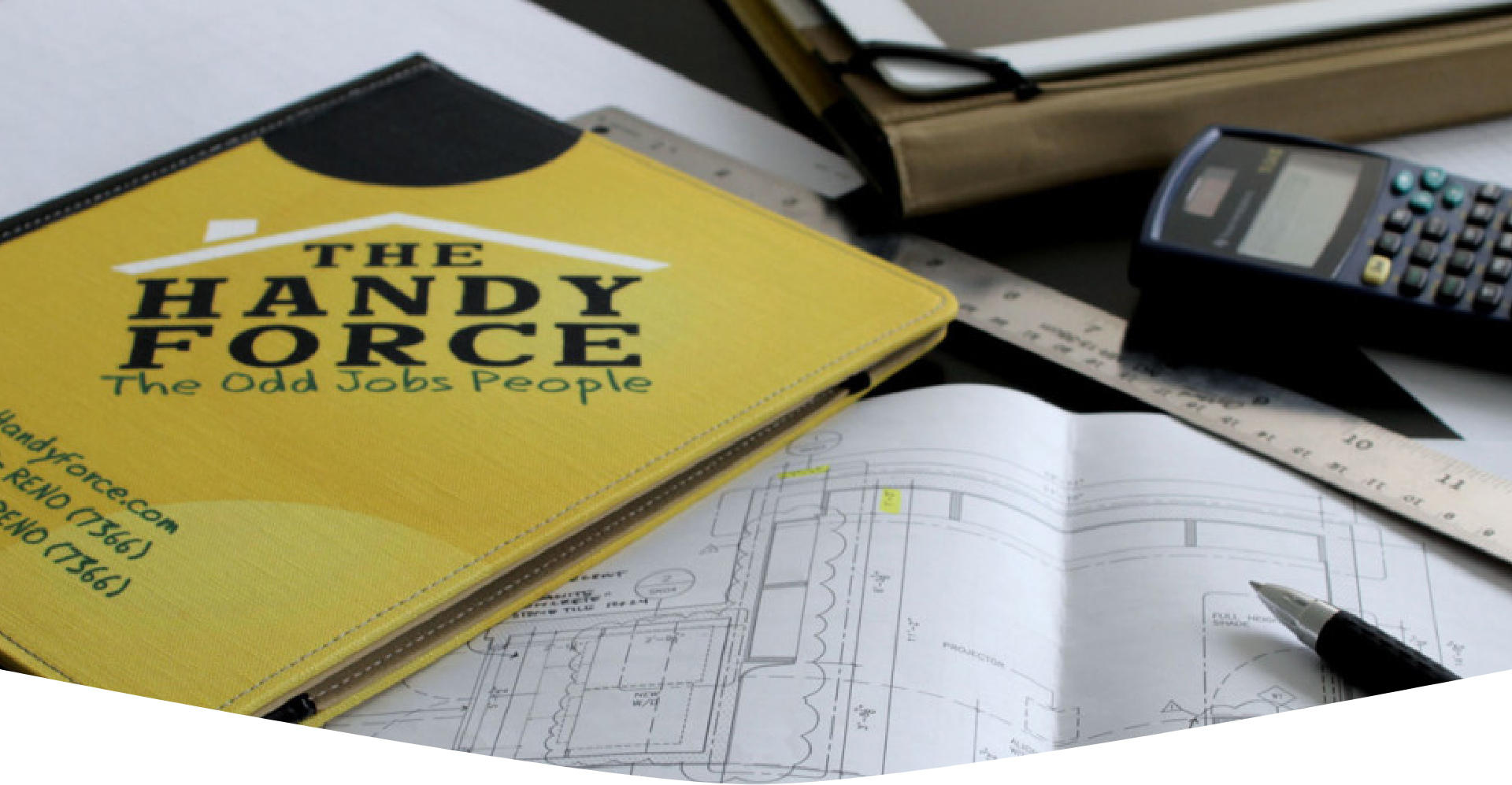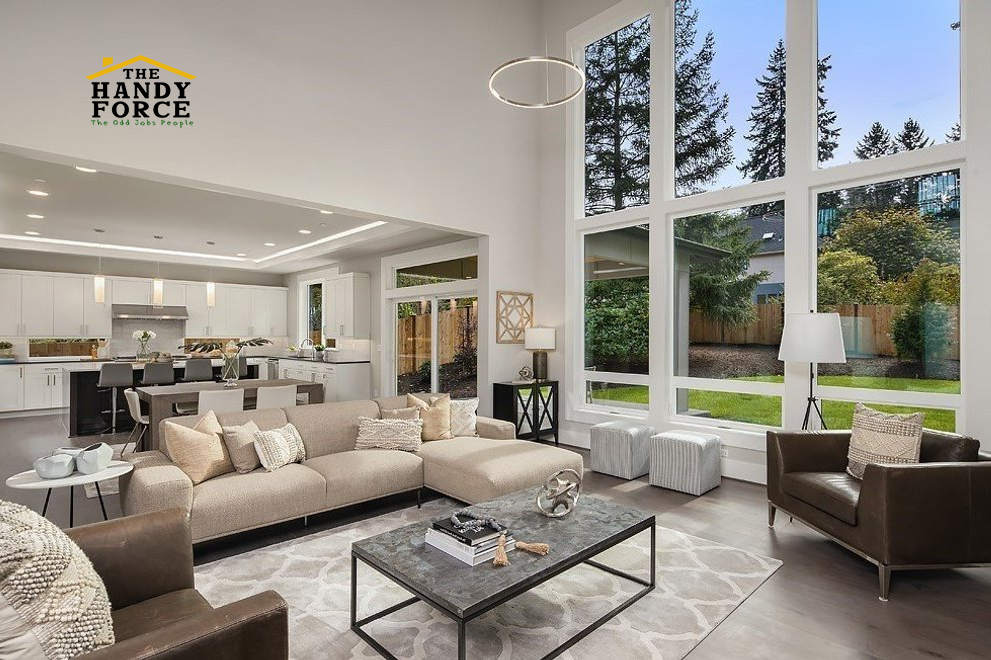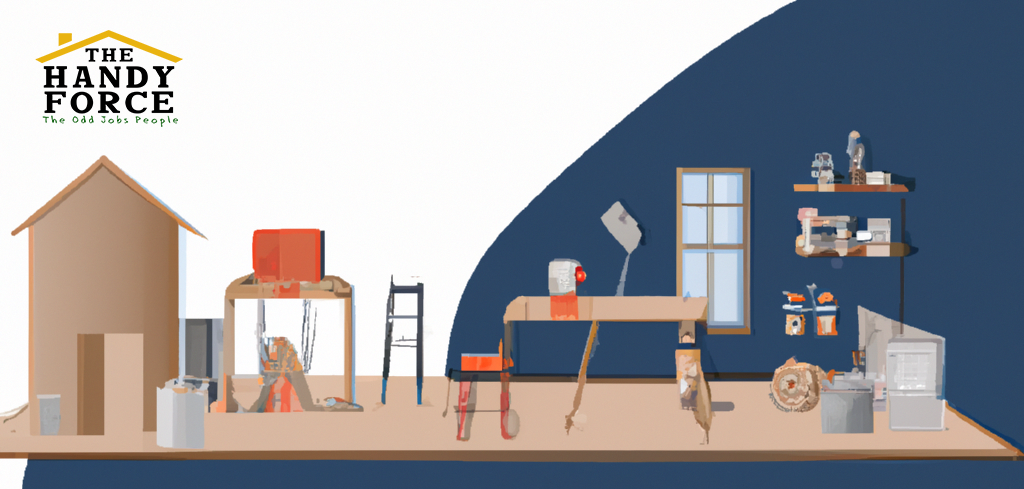If you wish to renovate your home and achieve the highest return in terms of value, there are many good ideas to follow, but also quite a few pitfalls. Not all improvements and renovations are profitable when it comes to increasing the home value.
In order to help you get the most bang for your buck when renovating, we have compiled a list of the most common renovations that homeowners consider and provided a guide to which ones pay dividends on your investment and which ones should be considered for personal enjoyment and not financial gain. Enjoy!
Renovating the Bathroom
One of the best things you can do in older homes is to renovate the bathroom. Most potential buyers will have trouble seeing themselves living in an outdated bathroom, and while they might be up for renovating it down the line, it adds uncertainty and can cloud their judgment.
Depending on your home type, you can either opt for high-quality materials and go all out or be more sensible and choose a cost-effective bathroom renovation. The rule of thumb is that the more expensive your home is, the more it will make sense to spend on a luxury bathroom.
Renovating the Kitchen
Another popular and often worthwhile investment is remodeling your kitchen. In general, a new kitchen of lower quality tends to be worth more in the eyes of potential buyers than a 25-year-old kitchen with more expensive materials.
However, even though you might not need to invest in marble tabletops or other high-quality items, the kitchen should still look clean and finished, often requiring professional handymen to ensure the renovation goes smoothly.
Adding an Extra Bathroom
Many potential buyers prefer looking at homes with 2 or more bathrooms. Consider the layout of your current floor plan and how a family with multiple children might divide up the space. Would it make sense to add an extra bathroom? If so, the investment might pay itself back and then some.
Typically, it will be more cost-effective to use an existing home room than building a new addition to the house, but either solution can work in the right area and under the right conditions. This way, not only will your home increase in value directly, but it will also appeal to a larger audience.
New Roof
Replacing the existing and worn roof can be a clever financial decision if you plan to sell your home soon. The roof is something most buyers worry about and also something that they all notice when first arriving.
Making sure that new buyers have no concerns about putting money aside for a new roof after moving in can make them comfortable bidding on your home. It can also be beneficial if you add more insulation to increase energy efficiency and reduce utility costs in the long term, bringing us to our final tip.
Improving the Insulation
Last but not least, adding more insulation can be another great investment in terms of the value of your home. It will also have the added benefit of lowering your utility bills while you still live there and contributing to less of an environmental impact as well.
Not all types of insulation are cost-effective, so it can be a good idea to consult with professionals to determine which areas of your home would provide the best return. If you wish to learn more or get a quote, please contact us today and schedule an appointment or consultation.

